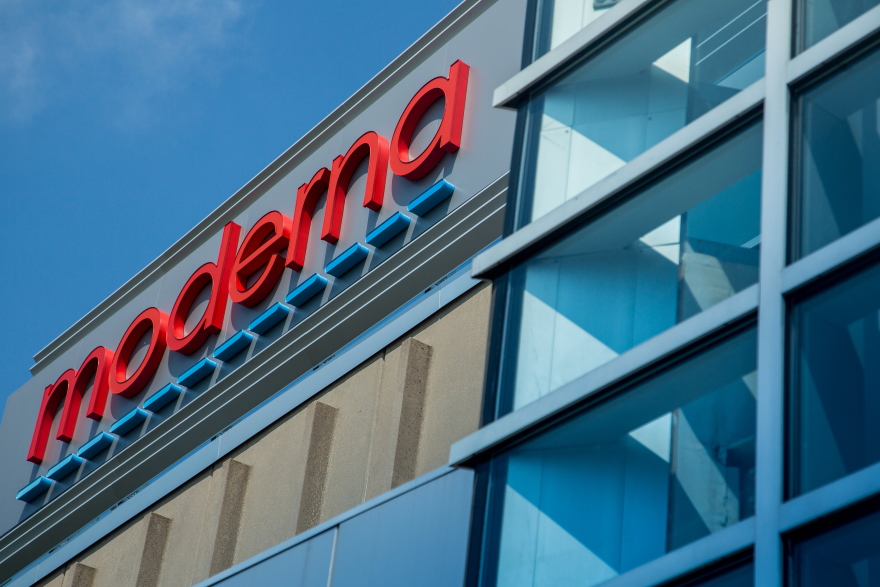FDA backs Moderna COVID-19 shot ahead of emergency use vote

Moderna looks odds on to claim emergency use authorisation from the FDA for its COVID-19 vaccine this week, after the regulator published a report endorsing its safety and rating its efficacy at 94.5%.
The document has been published just after the US started the rollout of Pfizer and BioNTech’s vaccine after it got an emergency green light last week, and ahead of an expert panel due to consider Moderna’s shot on Thursday.
If the FDA’s Vaccines and Related Biological Products Advisory Committee (VRBPAC) agrees with the agency’s assessment it could be available before the end of the week, accelerating the pandemic immunisation programme.
Like Pfizer/BioNTech’s BNT-162b, Moderna’s mRNA-1273 is based on messenger RNA coding for the SARS-CoV-2 spike protein, and will be administered in a two-dose regimen given a few weeks apart.
The FDA says no specific safety concerns with mRNA-1273 have been seen in the 30,400-patient COVE trial that underpins the EUA application, with minor effects like fever, headache and fatigue common but manageable, a serious side effects rare.
The overall 94.5% efficacy rating two weeks after the second dose is in line with interim data from the trial, although the FDA notes that it seems to be less effective in older people.
For the 18 to 64 age group efficacy comes in at 96%, but drops to 86% in the over-65s – both values are way above the threshold that should be needed to support emergency use during the pandemic.
The shot also worked equally well in white, black and Hispanic subjects, men and women, and those with conditions like obesity and diabetes that increase the risk of severe COVID-19.
Importantly, there was also some preliminary data pointing to a reduction in asymptomatic SARS-CoV-2 infections – something that hasn’t yet been demonstrated with other vaccines – as well as prevention of severe disease.
https://twitter.com/EricTopol/status/1338872330538237955
All told, 38 trial participants in the placebo arm of the trial tested positive for asymptomatic COVID-19 at the time of their second dose, well above the 14 positives in the mRNA-1273 arm.
If the VRBPAC votes in favour of mRNA-1273 shipments are expected to begin within 24 hours, and Moderna has said it expects to be able to provide up to 6 million doses in the initial rollout, adding to around 3 million doses of the Pfizer/BioNTech jab.
The first doses of BNT-162b are being used to treat healthcare workers and elderly people in care homes, and it will be many months before vaccinations are available for all America’s 330 million population. Both vaccines will be provided free of charge to recipients.
The federal government has already signed supply agreements with Moderna and Pfizer/BioNTech for 300 million doses in 2021, enough to dose 150 million people. mRNA-1273 requires less intensive refrigeration that BNT-162b, so could be more suitable for distribution to more remote areas of the US.
There is also hope that vaccines from Johnson & Johnson and AstraZeneca could also be available in the first quarter of 2021.











